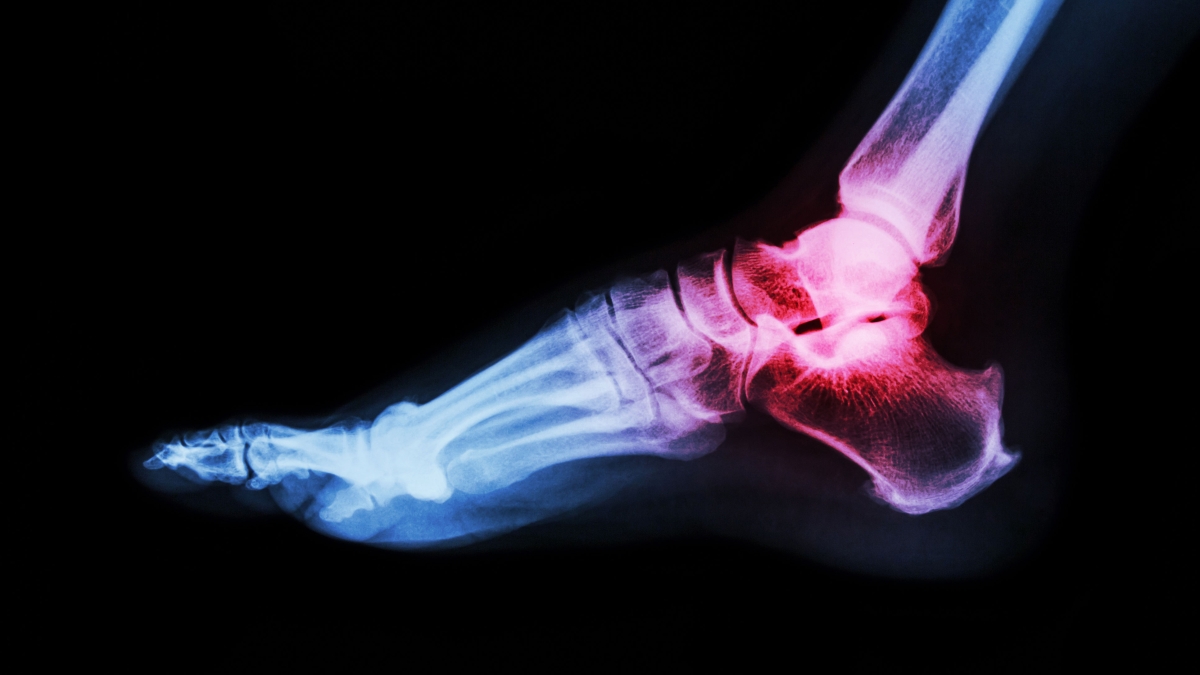For the more than 2 million lower-limb amputees in the United States, the path less traveled is usually on sand or grass.
That’s because of their prostheses. Powered ankle prostheses enable users to walk naturally and even run, in some cases. But when they switch from walking on concrete to a more compliant surface like the beach or a lawn, the ankle doesn’t understand the difference. It tries to have exactly the same motion on each surface.
“People fall because of that,” said Panagiotis Artemiadis, a roboticist at Arizona State University.
The National Science Foundation recently awarded Artemiadis and two other ASU scientists a $1 million grant to develop and test a smart robotic ankle that can adapt to walking on a variety of surfaces.
People spend 10 to 20 percent of their walking time on uneven surfaces. Using current prosthetics designs, users fall on soft surfaces about 20 percent of the time.
“It’s not a huge percent, but if you fall 20 percent of the time, it’s a huge problem,” said Artemiadis, an associate professor in the School for Engineering of Matter, Transport and Energy in the Ira A. Fulton Schools of Engineering.
Lower-limb amputees sometimes prefer a passive spring like the blades worn by Olympian Oscar Pistorius instead of a powered ankle that will enable them to walk and run because they won’t fall when they cross an uneven surface. They know what the spring will do, and they can compensate for it.
When you step from concrete to mud or sand or grass, the mechanics of how ankles and knees move changes. Everyone knows it’s harder to walk on sand than a sidewalk, for instance. Muscles move differently on different surfaces.
“We want to create a robotic ankle that is powered but can identify differences on the walking-surface compliance, and adapt to that so that it can transition between surfaces,” Artemiadis said. “You can go from sand back to concrete and solid surfaces and transition from grass to mud and still not have any problems.”
Human-systems engineering program chair Rob Gray from the Polytechnic School will help design the system and test it from a human-factors standpoint. Height and weight play significant roles in lower-limb prostheses. Roboticist Tom Sugar will also work on designing the prosthetic.
“It’s a project that will have an impact out of the lab,” Artemiadis said.
More Science and technology

Cosmic clues: Metal-poor regions unveil potential method for galaxy growth
For decades, astronomers have analyzed data from space and ground telescopes to learn more about galaxies in the universe. Understanding how galaxies behave in metal-poor regions could play a crucial…

Indigenous geneticists build unprecedented research community at ASU
When Krystal Tsosie (Diné) was an undergraduate at Arizona State University, there were no Indigenous faculty she could look to in any science department. In 2022, after getting her PhD in genomics…

Pioneering professor of cultural evolution pens essays for leading academic journals
When Robert Boyd wrote his 1985 book “Culture and the Evolutionary Process,” cultural evolution was not considered a true scientific topic. But over the past half-century, human culture and cultural…
